5 ways I think rewilding can help to save the planet
Rewilding has been in the news a fair bit of late – with our natural spaces under threat, here’s five ways I believe rewilding can help to save the planet

Rewilding has been increasingly making headlines on both sides of the Atlantic in the last few years. For the uninitiated, rewilding is the act of restoring the Earth’s natural ecosystems so that they become thriving, self-sustaining environments without the need for significant human intervention.
Remarkably, the term was only coined in 1998 by American biologists Michael Soulé and Reed Noss. Today, 27 years on, its principles are, I believe, one of our main tools to avert climate catastrophe. As outdoor lovers, we have an inherent appreciation of nature, though it may be that nature's role in protecting our planet is more fundamental than many of us realize.
A word that many of us are perhaps more familiar with is conservation. My problem with conservation on its own, as detailed by British environmentalist and activist George Monbiot in his 2013 book Feral, is that it seeks to do exactly that: conserve. Many of the landscapes and ecosystems that we enjoy hiking in and those that we seek to conserve are already in a denuded state compared to how they naturally would, and therefore should, be.
The unconscious bias brought about by the fact that we live relatively short lives means most of us fail to grasp just how diverse and vibrant the wildlife in the lands we explore should be. Rather than seeking to conserve, rewilding seeks to restore – something I can definitely buy into.
Arguments against rewilding
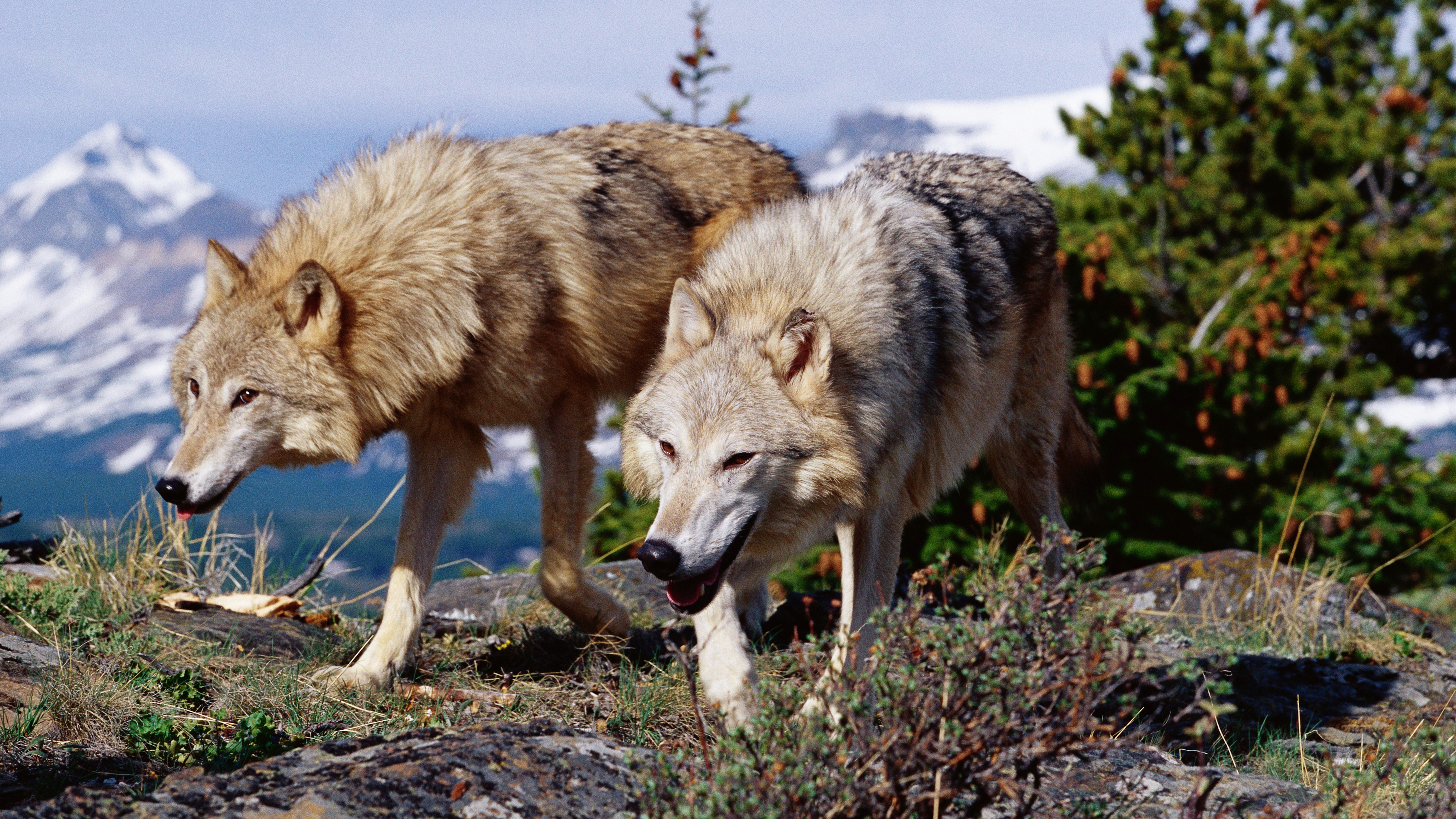
There are plenty of arguments against rewilding too, particularly as it, by its very principles, hands control back to nature. So, it's not an exact science. The repercussions of many rewilding actions are not fully understood and there's an argument that they could never be. Many argue there's a danger that rewilding efforts could actually do more harm than good.
As an example, reintroducing apex predators to an ecosystem makes some people uncomfortable, as the result is not entirely predictable (more on this later). Running with this example, what happens when said apex predator decimates a farmer's flock, damaging livelihoods in the process?
Nevertheless, perhaps I'm an optimist, but I'd like to think a world where agriculture, industry and sensitive rewilding efforts can exist in something closer to harmony than the picture we see today.
Advnture Newsletter
All the latest inspiration, tips and guides to help you plan your next Advnture!
Rewilding in the news
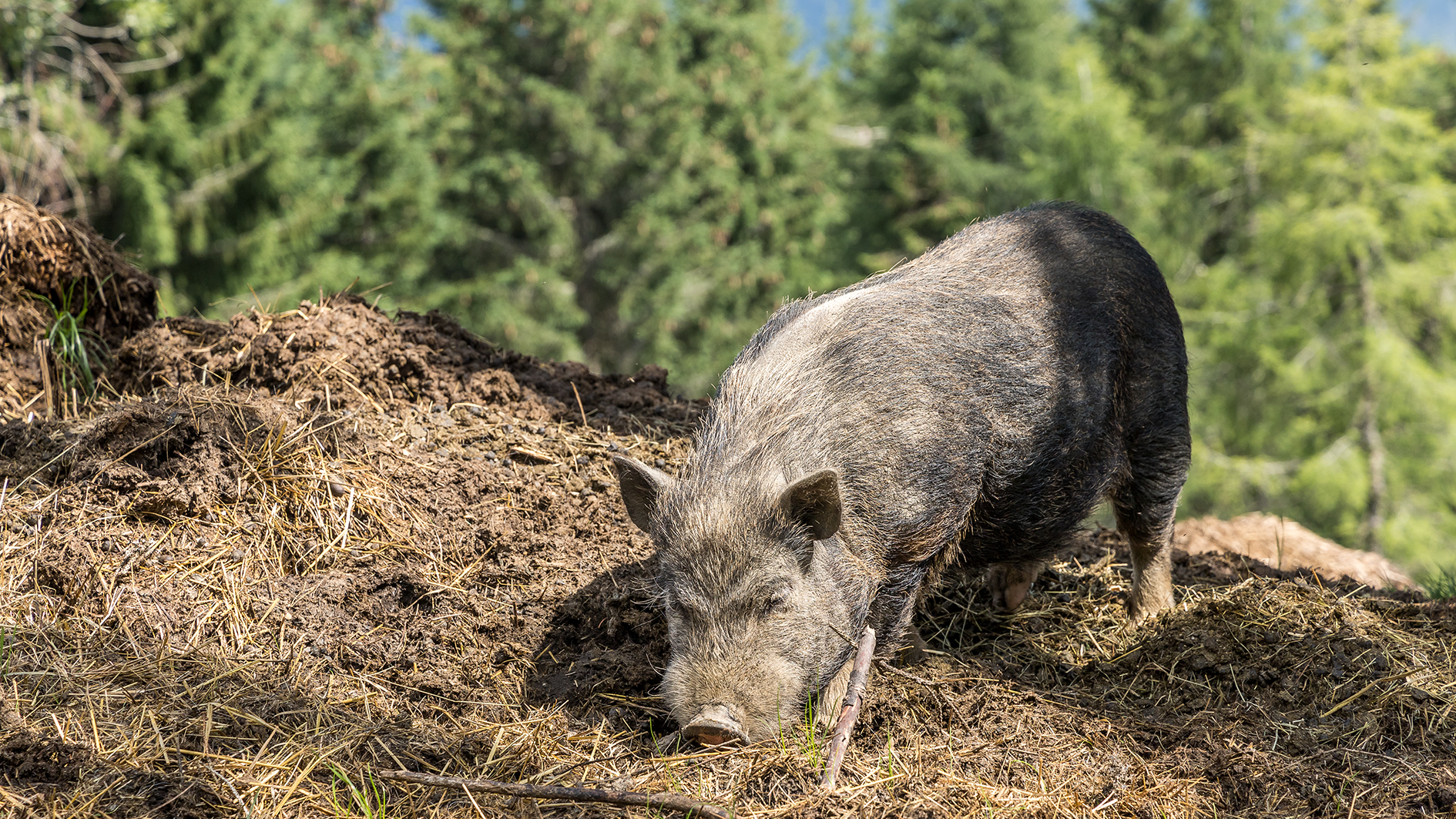
In the UK, rewilding was put in the spotlight lately when, on two separate occasions, activists attempted to illegally reintroduce feral pigs and lynx to the Cairngorms National Park. Other legal rewilding efforts get less press and public attention but are surely worthy of praise, such as those in Scotland’s Glen Affric, to name just one case.
In the United States, there have been many instances of wolves and other carnivores being reintroduced in the last few years. However, government actions, such as the order to fell swathes of US forest for timber production, I fear aren’t great news for our planet. This is very much dewilding, rather than the rewilding it needs.
All this is taking place to the backdrop of record global temperatures, devastating wildfires in LA, Hurricanes Milton and Helene causing untold suffering and severe flooding affecting millions in Central Europe.
So, I'm of the opinion that a more richly biodiverse Earth is more important than ever. Here are 5 ways I believe rewilding can help save the planet...
Five ways rewilding could help save the planet
Increased biodiversity: Biodiversity is fundamental to life on Earth.
Natural carbon capture: Many rich ecosystems are excellent at sequestering carbon, keeping carbon dioxide out of the atmosphere.
Improving ecosystem resilience: Thriving, species rich ecosystems are more resilient to change.
Kickstarting natural processes: Helping to kickstart natural processes helps ecosystems to recover and become more diverse.
Preventing flooding and wildfires: Rewilded land holds water better, in turn protecting it from wildfires.
Increased biodiversity
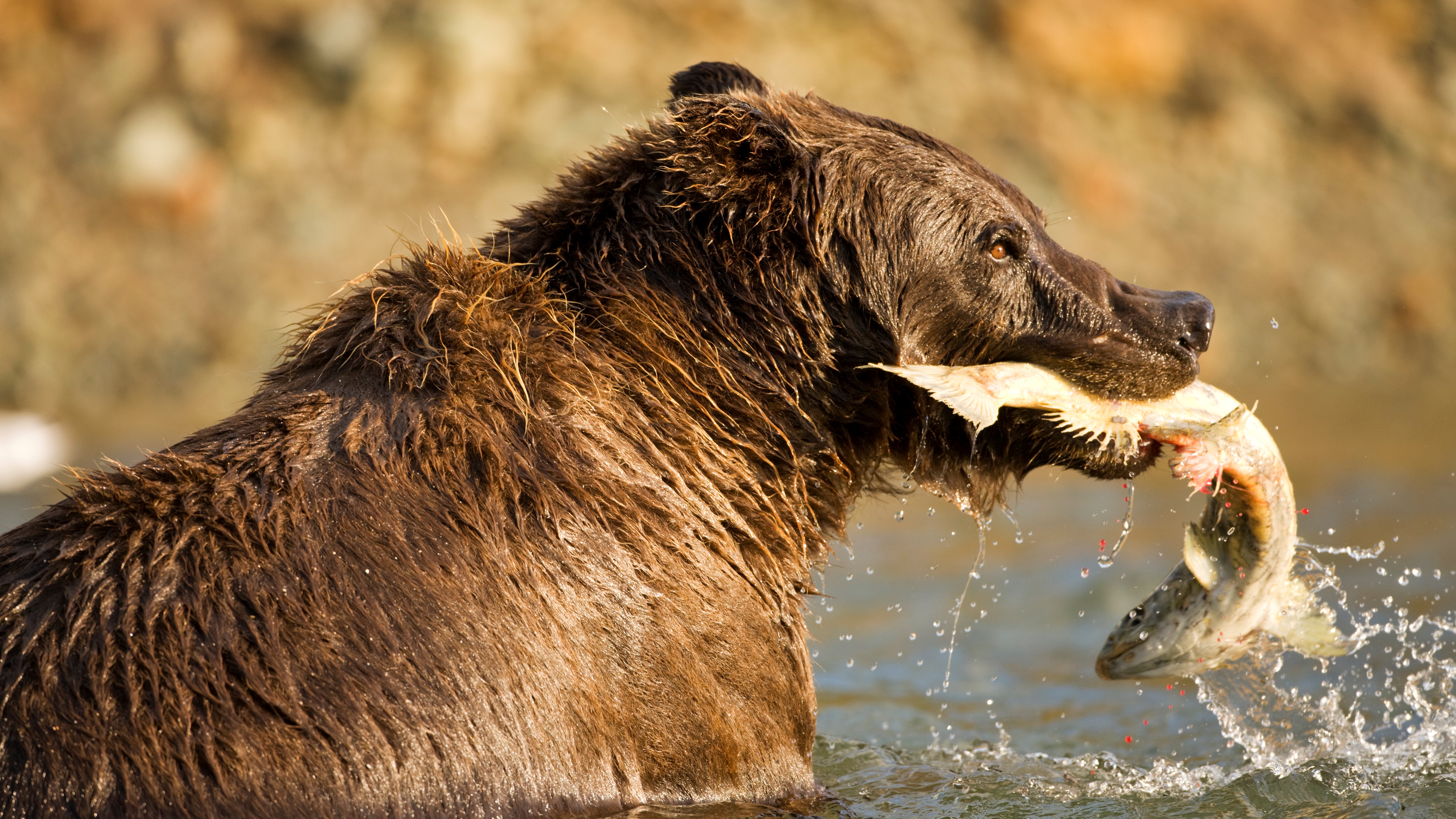
We’ve all learned about food chains and food webs at school. We know the theory. The organisms in any given habitat are all linked and exist in a state of balance. Upset this delicate balance by removing an organism and the whole ecosystem suffers. As Mufasa says to Simba in The Lion King: “And so we are all connected in the great Circle of Life.”
Remove the bees and there’s nothing to pollinate the flowers. The spiders, amphibians, reptiles, birds and mammals that eat the bees also suffer. Remove an apex predator, such as the wolf, and there’s nothing to eat the deer, which proliferate and eat all the saplings, denuding the land of its rich woodland habitats. This is exactly the state of affairs in the Scottish Highlands, where huge tracts of upland represent something of an ecological desert. Our perceptions are skewed, we often romanticize these sorts of upland environments, something I've admittedly been guilty of myself.
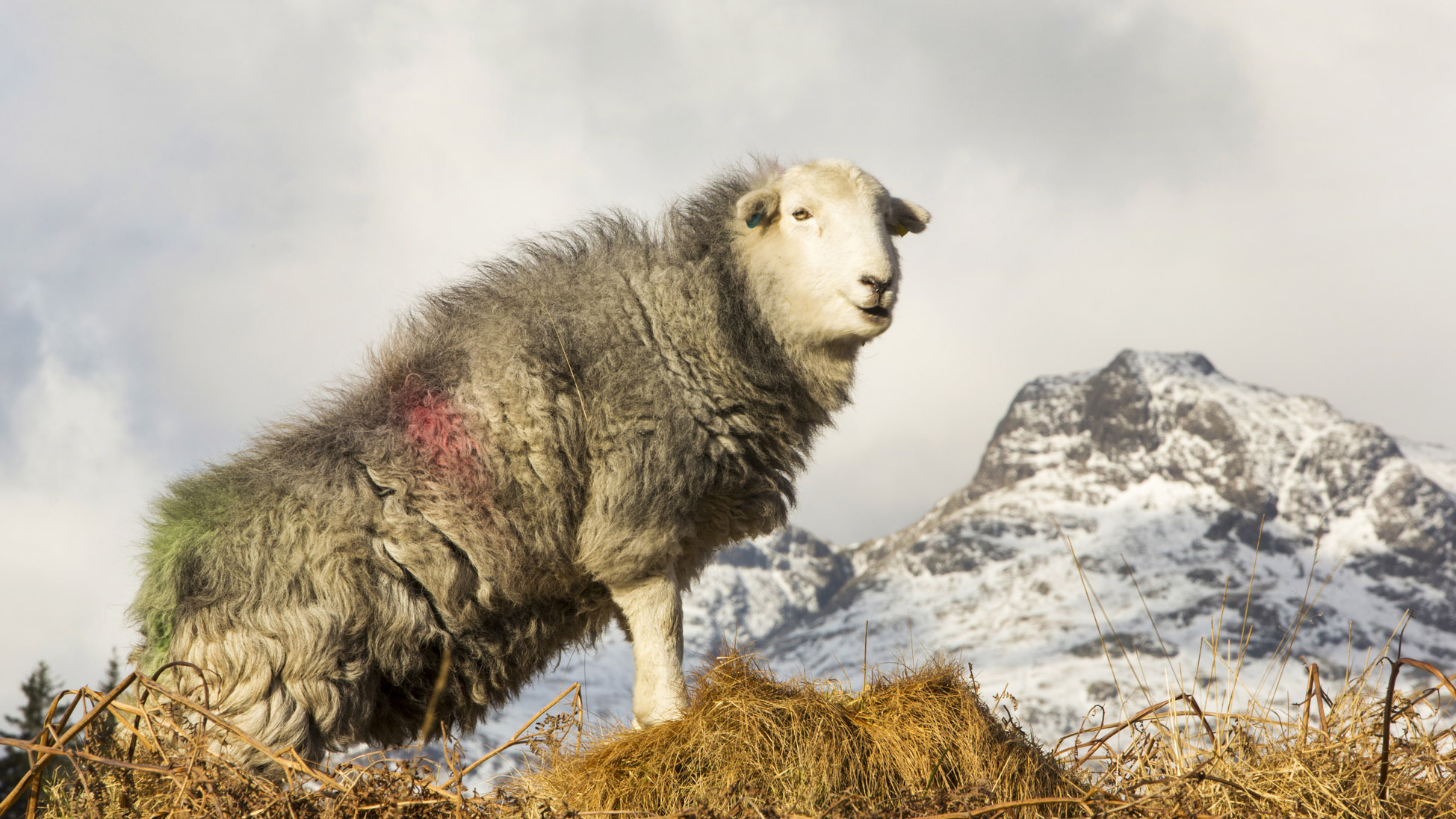
We also often think of ordered acres of farmland as idyllic and mowed lawns as desirable. The Herdwick sheep of the English Lake District National Park are celebrated as part of its character, when I believe they should be scorned for this otherwise beautiful landscape's lack of woodland. They're nothing short of 'hoofed locusts', to paraphrase what John Muir famously said about Yosemite's domestic sheep.
In truth, many of these landscapes are, from an ecological point of view, relatively barren. Most species cling to survival in regions of intensive farming, places where they ought to be thriving. Don't get me wrong, I'm not against farming – we all need to eat after all. I absolutely applaud farmers who seek to strike a very delicate balance between the need to produce and the need to protect nature on their patch.
However, it's not always the case. A point I often come back to is this: if anyone can convince me that the land upon which the Amazon rainforest stands is better off as farmland for rearing cattle than as the rich, life giving 'lungs of the Earth', then perhaps I'm wrong about all of this.
I find it hard to stomach the idea that we shouldn't be seeking to partly restore our own potentially wild places closer to home due to current use for industry or agriculture, particularly where the hugely damaging, inefficient, land-hogging and carbon producing beef industry is concerned.
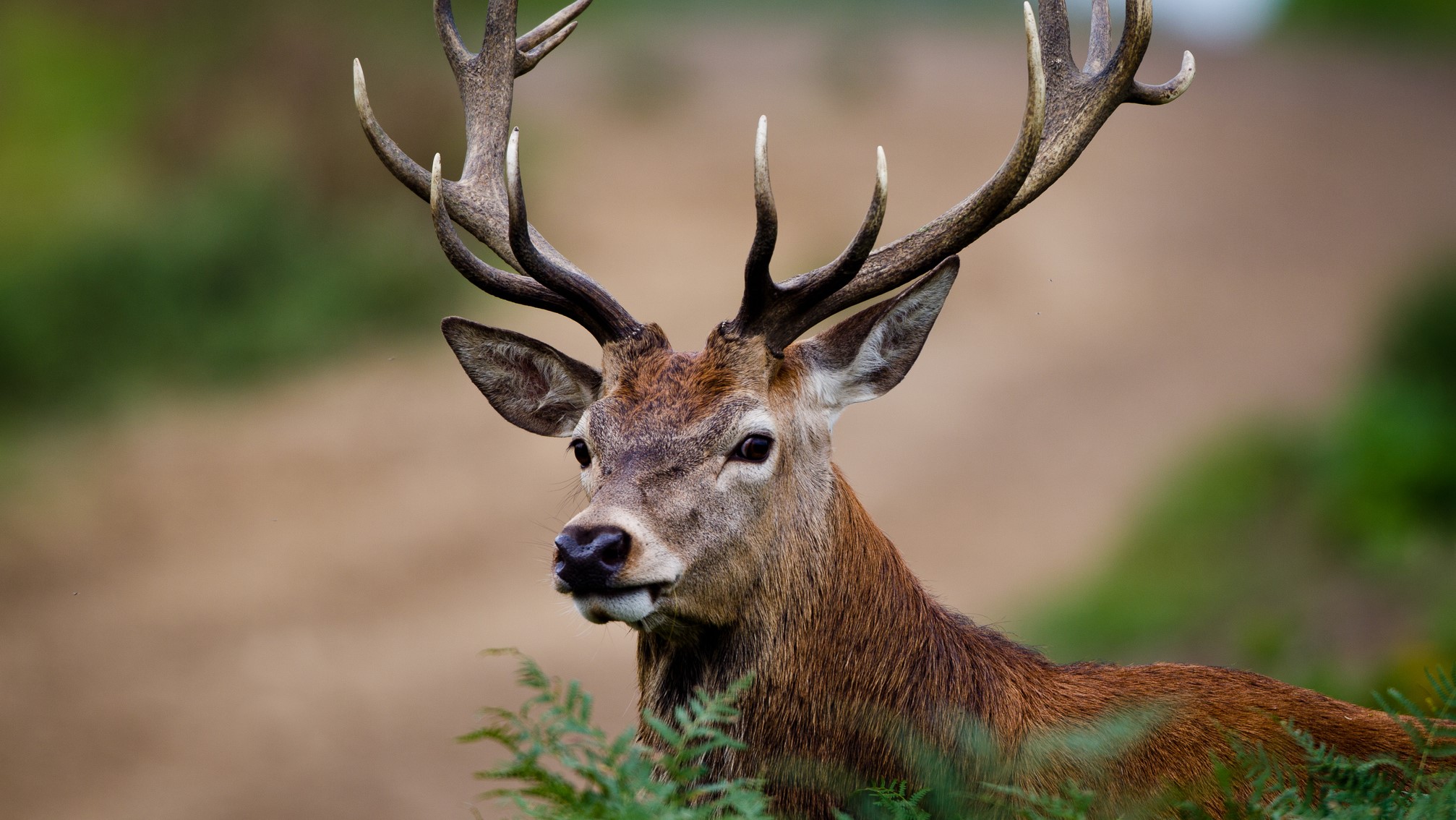
Most of us appreciate that biodiversity is a nice thing. Having a larger variety of plant and animal species thriving is obviously more pleasant than the monocultures seen across swathes of intensively farmed or denuded land. Time spent in biodiverse, natural places is known to have a positive impact on mental health. But is biodiversity actually important to the planet?
Well, it’s a resounding yes. It’s fundamental for the processes that support life on Earth. It’s the pillar that holds the roof up. The food we eat depends on fertile soil, a teeming ecosystem in itself that’s only truly understood by too few people, despite the fact it props up our entire civilization. According to the Royal Society, a third of the world’s crop production depends on pollinators, many of which are vanishing at an alarming rate.
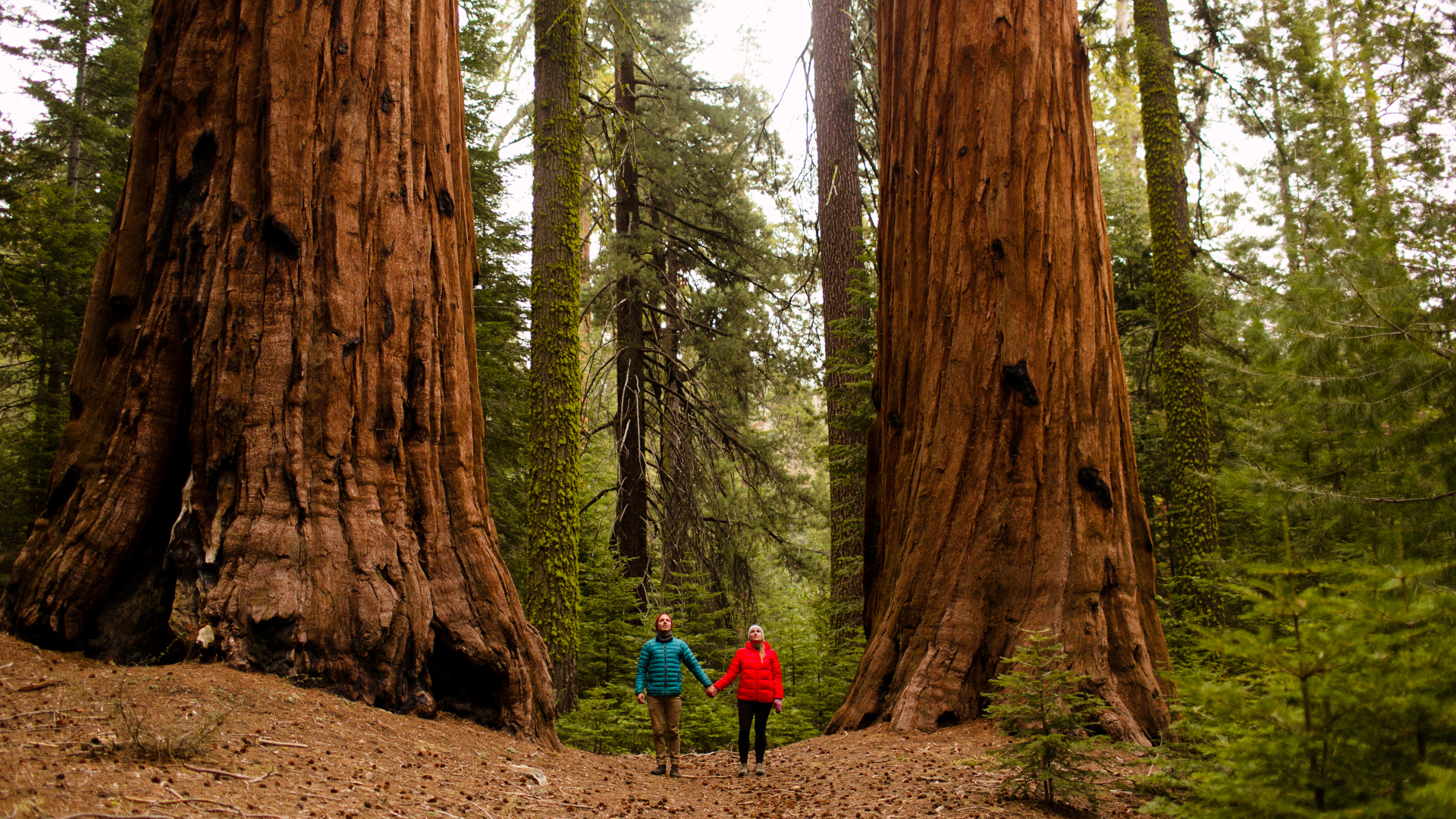
Beyond food, many of the medicines we rely on come from plant life, while many useful materials we use across the world, such as the rubber we use in a hiking boot's sole, also come from plants. Then, of course, there’s the air we breathe, which has photosynthetic organisms such as plankton, algae, bacteria and plants to thank for.
So, we’ve established that biodiversity is key to a sustainable and healthy planet. I believe that rewilding is our means to encourage and restore biodiversity, handing control back to nature and letting it do its thing. This is vital, as nature is our most important ally in the fight against climate catastrophe.
Natural carbon capture
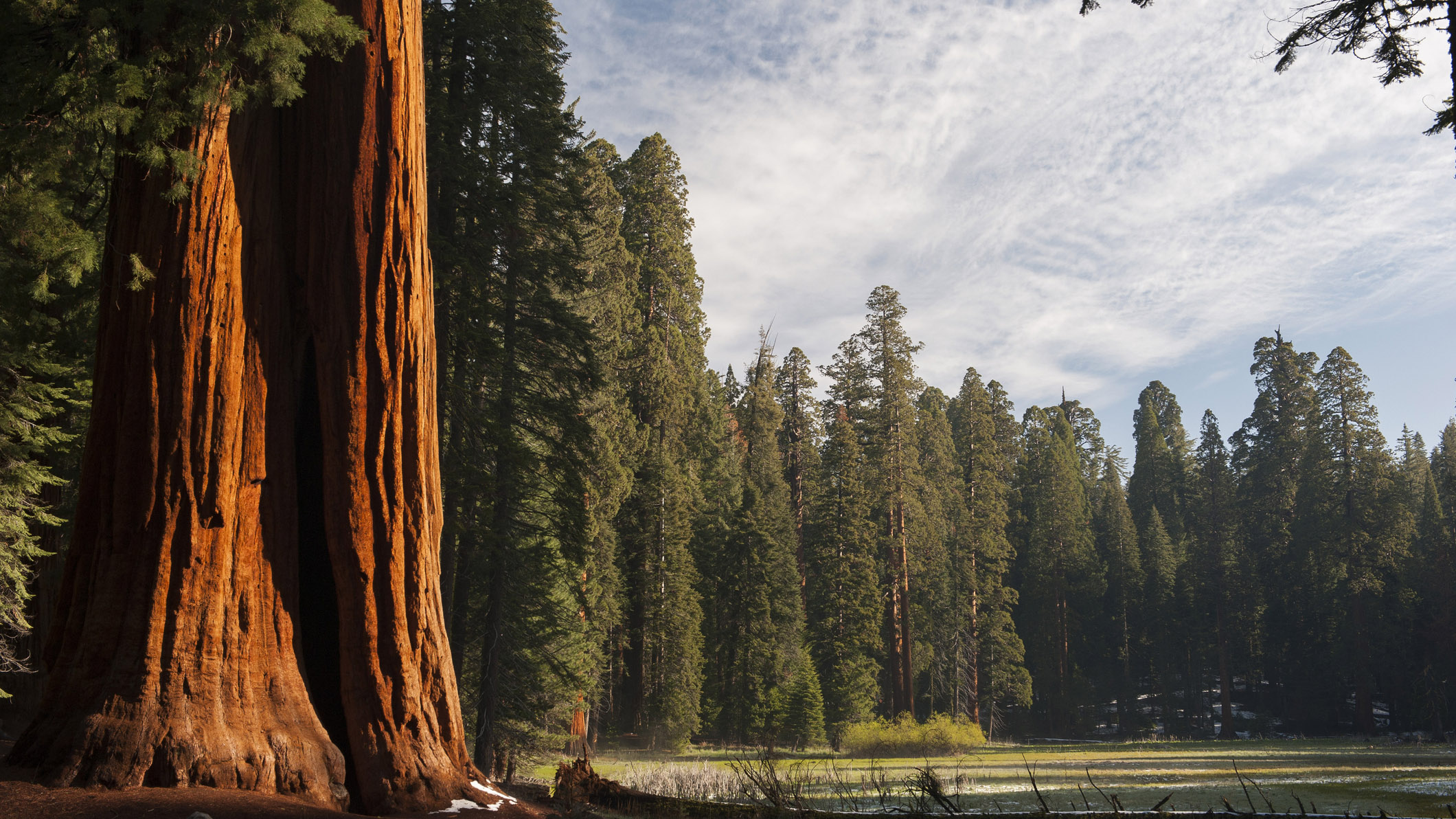
The need to capture the excess carbon that is already driving negative climate change is very well publicized. Mechanical means of carbon capture are continuously championed by politicians, yet there may be a more straightforward and sensible solution in the long term: rewilding.
Many of the world’s ecosystems, from forests and saltmarshes, to peatlands and wetlands, are highly effective at sequestering carbon, keeping carbon dioxide out of the atmosphere. By reinstating and protecting natural processes on the kind of land that no longer hosts the vibrant ecosystems it historically would have, we could start to heal the damage that’s been done. As a bonus, we’d be creating a more vibrant landscape that, given time, would be full of wildlife and a treat to explore on foot.
Similarly, rewilding the oceans and stopping destructive practices like dredging, bottom-trawling and over-fishing could have a similar impact for carbon capture at sea.
Improving ecosystem resilience
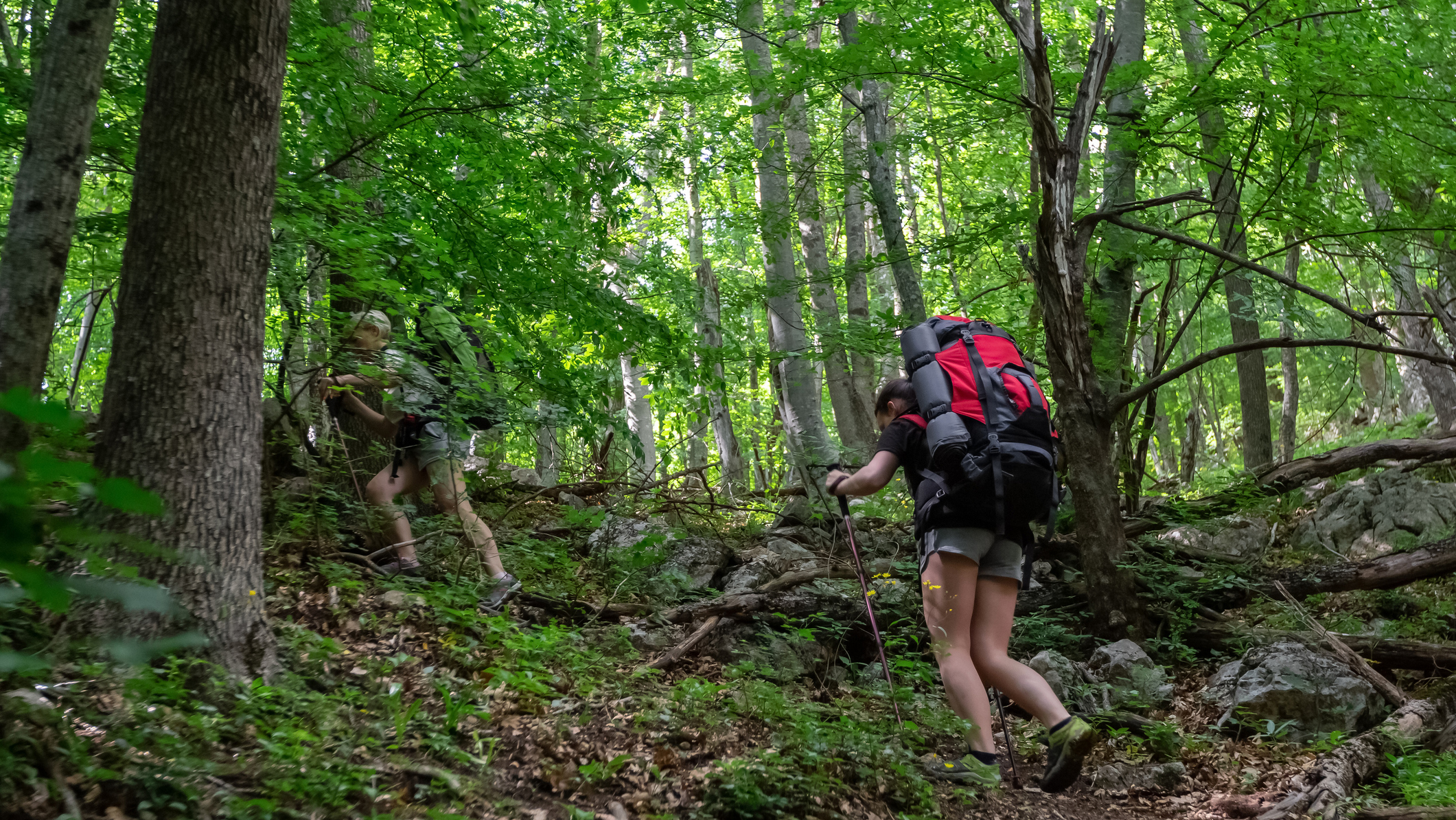
To conserve and then restore the world’s biodiversity, we need to ensure that its ecosystems are resilient. This is particularly important as warming changes the climate in different parts of the world, providing opportunities for species to gain new footholds. However, some specialist species will face great challenges – the polar bear can hardly migrate much further north, after all.
Greater diversity and complexity leads to enhanced resilience. Imagine a gigantic food web, where hundreds of organisms are all linked by multiple branches. This is a species rich environment. Submit this web to a shock, such as removing an apex predator, and the system will adjust, perhaps by giving one of the other predators greater opportunity to thrive. A new balance will be found – the ecosystem has resilience.
Now, imagine a much simpler food chain, where there’s only a limited number of organisms and perhaps only one apex predator. Submit this species poor situation to a shock and the effect cascades throughout, upsetting the balance. Remove the apex predator and its herbivorous prey will multiply – bad news for the plants they eat and the ecosystem in general. This is a less resilient ecosystem. Bad news for plants is generally bad news for the food chain, which is also bad news for the food that humans eat.
In theory, rewilding helps to produce more vibrant, complex and species rich ecosystems, which is good for the planet in the long run. Crucially, they're more resilient, which they'll need to be for the coming decades.
Kickstarting natural processes
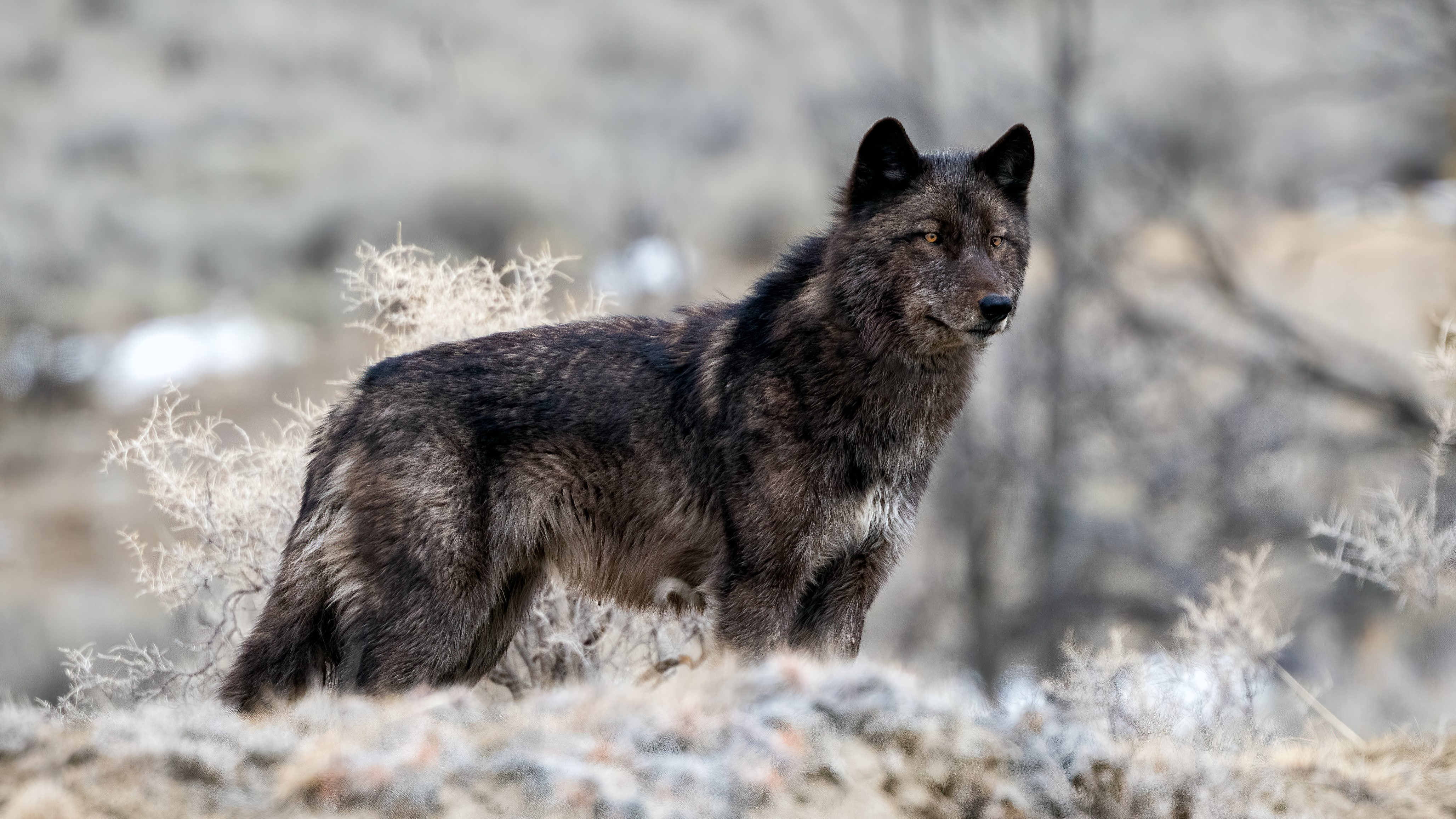
I'm of the opinion that well-considered rewilding efforts have an obvious benefit when it comes to kickstarting the natural processes needed to make all the above happen. Take, for example, the 1995 reintroduction of grey wolves to Yellowstone National Park, partly intended to help control the thriving elk populations. With some parallels to the aforementioned deer in the Scottish Highlands, the elk were responsible for reducing willow height across the region, due to their grazing efforts.
Today, there are over 100 wolves in the park and the reintroduction is generally considered a success. According to Defenders of Wildlife and Yellowstone National Park (among others), it has led to a healthier balance of the deer and elk populations, the stabilization of riverbanks, river recovery in general, greater willow and aspen numbers and the return of many species, such as beavers, eagles, foxes and badgers.
As a caveat, I should state here that rewilding isn’t a magic wand that perfectly restores landscapes to their former glory with any kind of speed, as ecosystems can be hugely complex. It's not an exact science. Research from Colorado State University suggests that the vegetative imbalance in the national park remains, but that, given more time, Yellowstone’s willows could recover to something like their previous state.
As we’ve already discovered, a healthier, more diverse ecosystem leads to greater carbon capture in the long run and provides us with a more secure and resilient food system.
Meet the expert
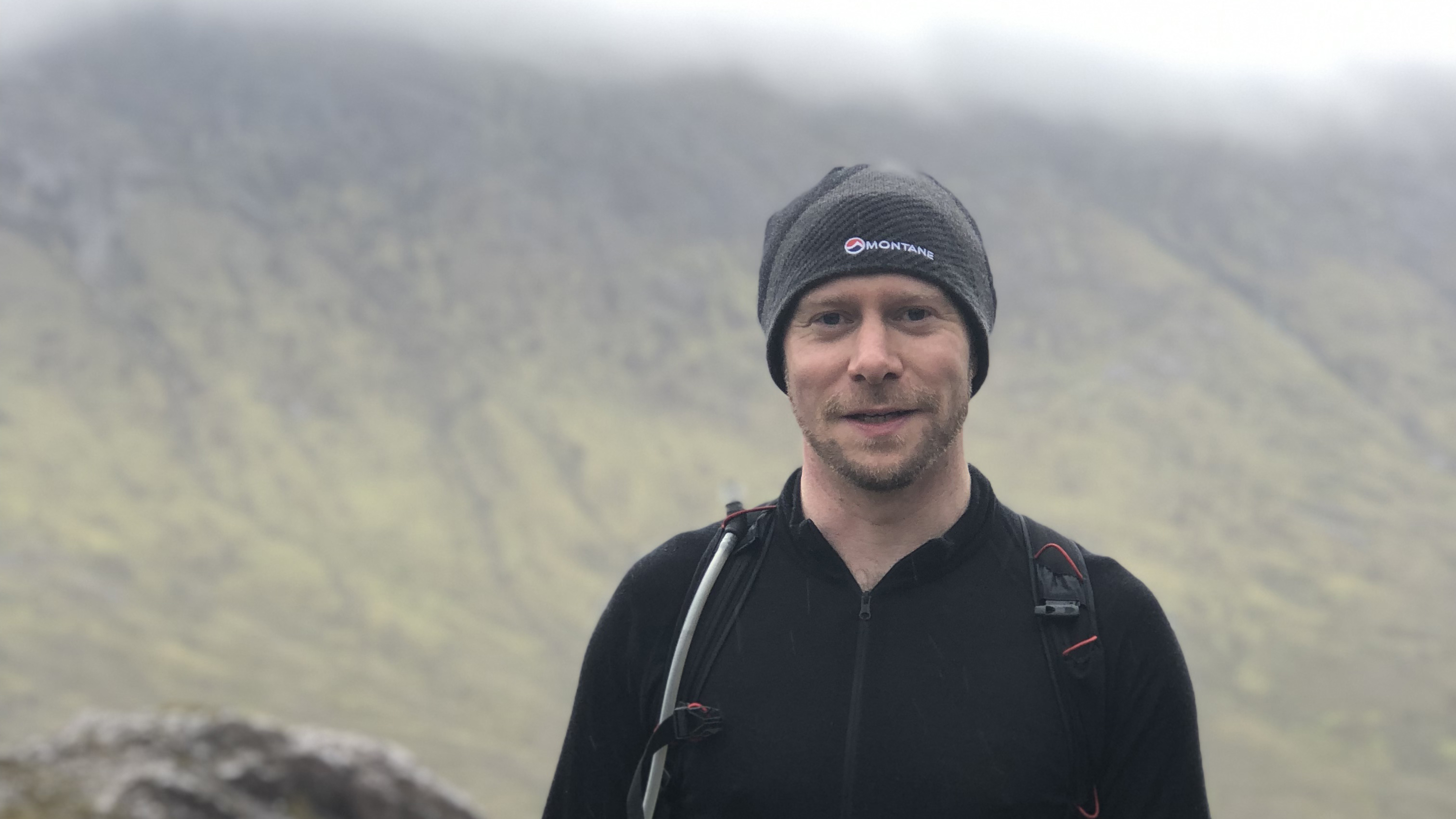
As a lover of the outdoors and nature, Alex is passionate about our wild places. He’s a qualified Mountain Leader and a great admirer of upland wildlife (where it still exists) and the impact industrialization can have on ecosystems. More than anything, as a young father, he’s concerned about the state of the planet that his children are inheriting.
Preventing flooding and wildfires
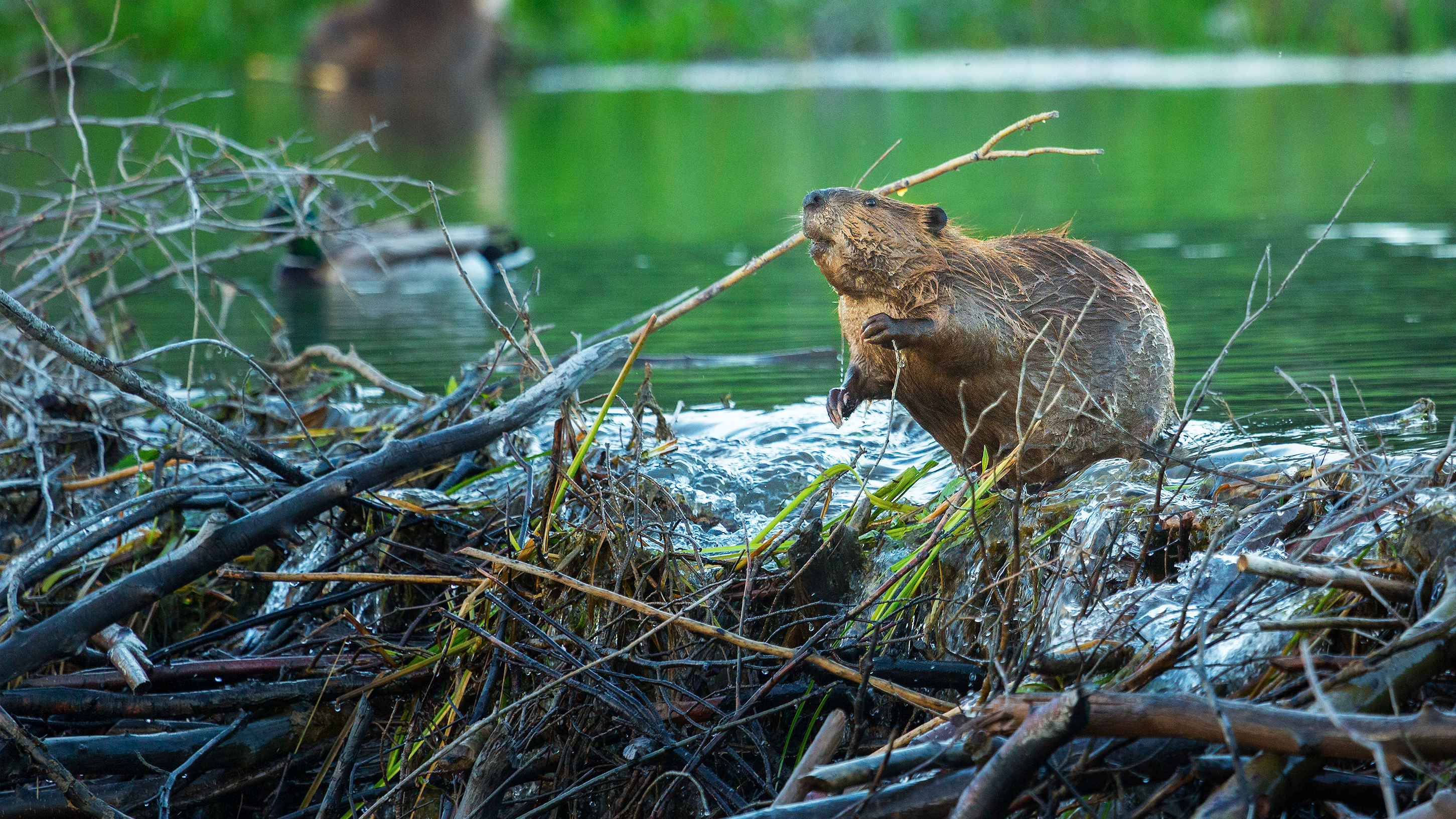
Two of the most destructive symptoms of the climate emergency are flooding and wildfires. Unless you've been living in a cave, you'll have noticed the increasing severity and frequency of flood and wildfire events across the globe in recent years. That is, unless your cave got flooded, or the scorched uplands surrounding it fell victim to a wildfire.
A thriving landscape with fertile soil that’s rich in tree and plant life soaks up water much more effectively than the over-grazed uplands and the monocultures created by agricultural sprawl. Water is collected and released slowly, rather than running off the land and causing flash flooding events.
Likewise, the introduction of species like the beaver has a profound effect on the course of rivers, a phenomenon known as re-wiggling. These natural dam builders and habitat engineers help to shape rivers that can hold back flood waters.
I was delighted to read that, in March 2025, two wild beavers were set free in England for the first time in 400 years, marking a significant step forward in Britain's efforts to rewild its landscapes.
Fertile land that holds water is much more resistant to wildfires than damaged moorland, peatland, grazed grasslands and large plantations, all of which give rises to drier conditions. It’s a vicious cycle when you consider the long-lasting destruction to ecosystems that can be wrought by almost instantaneous events like wildfires and flooding. I strongly believe that stopping them from occurring in the first place, by allowing the land to thrive, is key in the battle to save the planet.
Alex is a freelance adventure writer and mountain leader with an insatiable passion for the mountains. A Cumbrian born and bred, his native English Lake District has a special place in his heart, though he is at least equally happy in North Wales, the Scottish Highlands or the European Alps. Through his hiking, mountaineering, climbing and trail running adventures, Alex aims to inspire others to get outdoors. He's the former President of the London Mountaineering Club, is training to become a winter mountain leader, looking to finally finish bagging all the Wainwright fells of the Lake District and is always keen to head to the 4,000-meter peaks of the Alps. www.alexfoxfield.com

